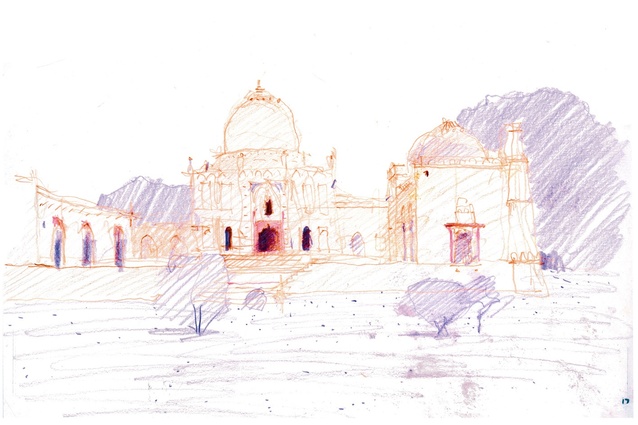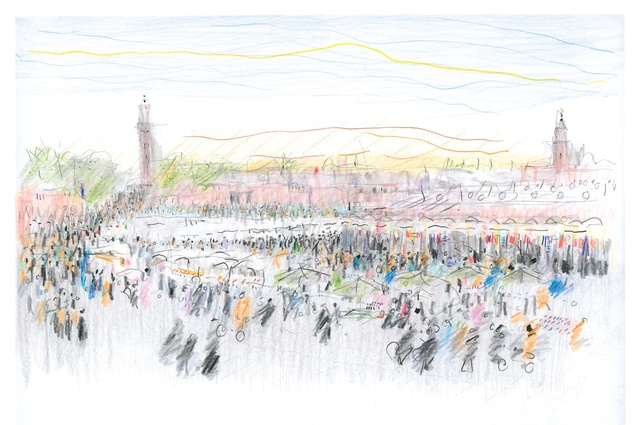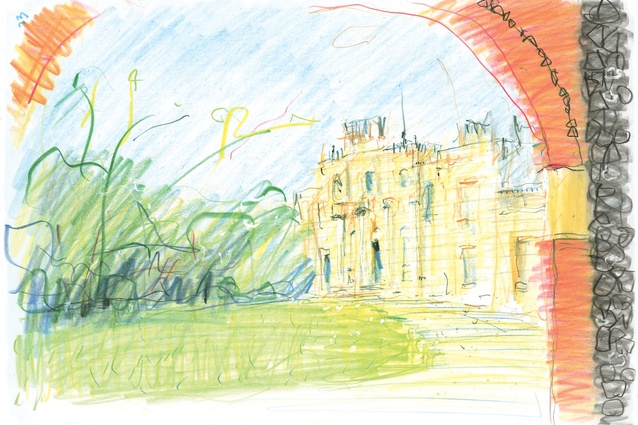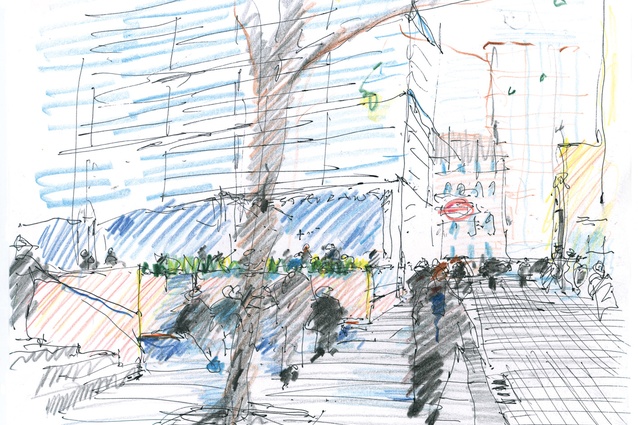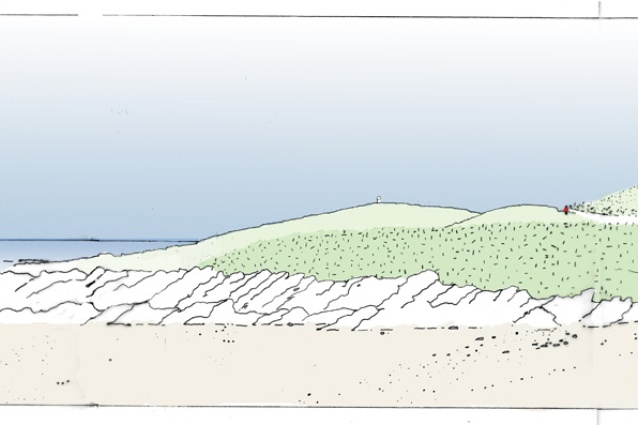Drawing for Landscape Architecture: Sketch to Screen to Site
Landscape architect Edward Hutchison said “Everyone can draw, even if they can’t … But as with so many other disciplines, it is essential to develop the skill with rigour and determination.”
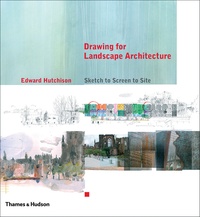
In Drawing for Landscape Architecture: Sketch to Screen to Site, Hutchison reintroduces the important practice of hand drawing in landscape architecture. The author encourages designers to “see by hand” before using digital tools, in order to understand and to conserve the detailed qualities we see in landscape. Through hand drawing, we may capture the temporal nature of landscape that the lens or screen limits. Our sketches are a visual conversation between landscape and ourselves; as the author says, “there is, perhaps, no better way to develop ‘a good eye.’”
Here is a book that forces us to slow down. We are challenged to ask what we draw, why we draw, and what the potential is in spending time drawing. Hutchison celebrates the richness of hand sketches, something that is quickly becoming a lost art in landscape architectural practice, and he illustrates a variety of techniques that inspire and suggest new perspectives for landscape architecture.
Drawing for Landscape Architecture is the outcome of an exhibition held at the Garden Museum, London, in 2009, which displayed the working process of Edward Hutchison Landscape Architects (EHLA). The majority of works presented are the author’s personal watercolours and drawings: these show his particular design process, response to site and development of design detail. The captions that complement each illustration include detail such as the pens or paper used, and these on their own offer a technical layer of knowledge typically left out of graphic publications.
The book is a review of Hutchison’s practice, and illustrates the breadth of projects by EHLA (which are located mainly within the UK) and exhibits the rigorous discipline that landscape architects are encouraged to develop within EHLA. It is refreshingly different to other publications about design firms, and steers away from presenting a chronological catalogue of the company’s work.
Hutchison demonstrates the continual development of ideas, from imagination to hand, and the way in which hand drawing encourages a kind of design exploration that is different from that afforded by digital drawing. For Hutchison, there is no point in the process where hand drawing ceases to be valuable.
Drawing for Landscape Architecture is a valuable reference book for students and professionals in landscape architecture and related disciplines. In the early chapters, “Absorbing Landscape,” “Drawing on Site” and “Drawing Ideas,” we are encouraged to experience landscape. Photographing a site, while convenient, can be limiting as it excludes the intuitive response we have to genius loci, “the distinctive character or spirit of a place,” which landscape architects often seek to enhance and articulate.
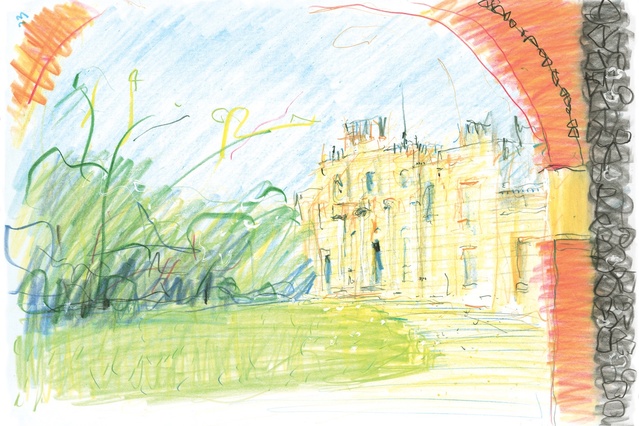
Testing concepts through a change in scale or perspective, or shade or material, is part of designing. If we just slow down and take the time to draw, ideas that would possibly have been lost in time may emerge. To be able to communicate through hand sketches quickly and clearly is a valuable skill for all of us; now the trick is to resist the convenience and accuracy of digital software.
Throughout the book Hutchison provides us with “drawing tools”: be disciplined about drawing, consider the “emphasis on speed and efficiency [as we may] lose sight of the intellectual journey,” experiment constantly, and consider the view of the client when drawing. The book lends itself towards a handbook guide for designers; however, its large size makes this challenging. A compact version would be valuable as it could then become an accessible toolbox in everyday practice.
In Dark Writing: Geography, Performance, Design , Paul Carter says that drawing is “something ideas people and picture people both do … Both are trying to figure out how the world is made. Both want to change what is as well as understand it.”
Drawing for Landscape Architecture provokes us to think about the very act of drawing in addition to “how to draw.” Positioning this book alongside Carter’s text stimulated a different form of questioning about the intent of this book. Carter asks: “have [we] lost all touch with the choreographic basis of place-making?” In reviewing Hutchison’s book, he would agree. The book contains little or no examples of the “digital steroids” designers seem to be on. In the chapter “Perspectives,” Hutchison states that we have become “less and less critical of this type of drawing, taking computer-generated perspectives for granted as the default method.” In reading this book you not only see another perspective about drawing but rather you are just as likely to question your perspective.
This is a generous and informative design book aimed at the public, design professionals and students. The diverse collection of works published by Thames & Hudson will be an investment to those who wish to understand landscape and to find a language that, in the words of Carter, could be a “richer, poetic way of drawing ideas together.”

